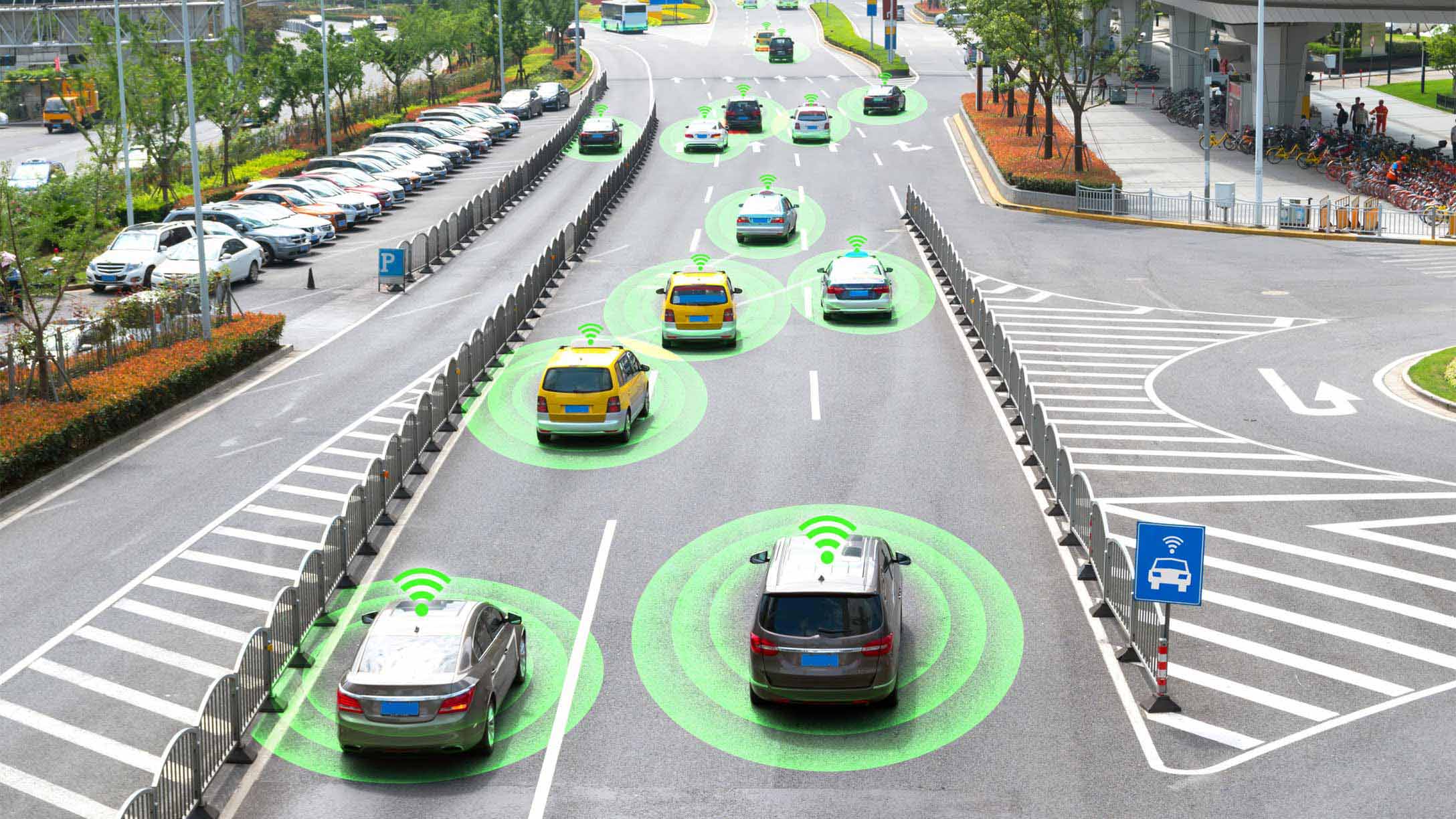According to the US Department of Transport, over half a million crashes per year could be prevented by vehicle-to-vehicle (V2V) communication. V2V is the next step for the connected car phenomenon which has already brought the internet to our roads. While technology can in general increase a vehicle’s repair costs, the safety features enabled by V2V tech promise to greatly increase the safety of our roads making it well worth the money in the long run.
Smarter roads are safer
Vehicle-to-vehicle communication effectively creates mobile, peer-to-peer networks on our roads. These networks grow in sophistication as roads get busier, allowing more data to be distributed to greater distances. Ultimately this allows for early warning systems to form, with cars ahead sharing terrain, weather and obstacle information. The technology’s true potential goes much further, however, as this data becomes truly invaluable when coupled with machine learning and autonomous driving. This is because current automatic safety features such as Autonomous Emergency Braking (AEB) rely solely on the car’s own onboard sensors to detect and react to hazards. By expanding the breadth of information our computers have access to they can much more reliably detect and react to the road. In contrast, V2V allows a car’s autonomous computers to take in and process information from dozens of vehicles at once, forming a complete view of the road ahead. Though today’s vehicles have to pass strict safety tests, they largely focus on the health of mechanical components such as the gearbox. We all know that because of the critical role it plays in regulating the engine’s power output – a car isn’t going anywhere without a functional gearbox. Due to their potential for improving safety, these same standards may soon apply to the computerized parts of our cars. Indeed, updating, upgrading, and replacing computer components may soon be seen as regular maintenance practice similar to a tyre or oil change.
How V2V works
Modern cars are fitted with a myriad of high-tech sensors such as LiDAR which give them 360-degree awareness of their surroundings. By allowing onboard computers to communicate with each other, cars can share this information rapidly with each other. Using a similar wireless protocol to traditional WiFi, current systems can achieve a range of over 300 meters with messages being sent more than ten times per second. The effective range of a network grows the more cars are on the road, as a signal can leapfrog from one car to another, sharing important messages down the line. In this way, V2V networks can alert drivers to hazards miles before they reach them without relying on the internet. There has been much debate over the suitability of current communications protocols with concerns over radio interference being cited. As a result, a significant portion of resources is dedicated to making this technology a real focus on overcoming the issue of interference and reliable communication over roads.
While our cars have carried computers for decades, it is only in recent years that they’ve become smart devices in their own right. This is largely due to the expansion of the internet of things beyond our homes and onto our roads. This connectivity brings more than just convenience, as researchers are now finding ways to leverage it into new forms of safety technology that promise to transform road safety in the coming years and save thousands of lives.








